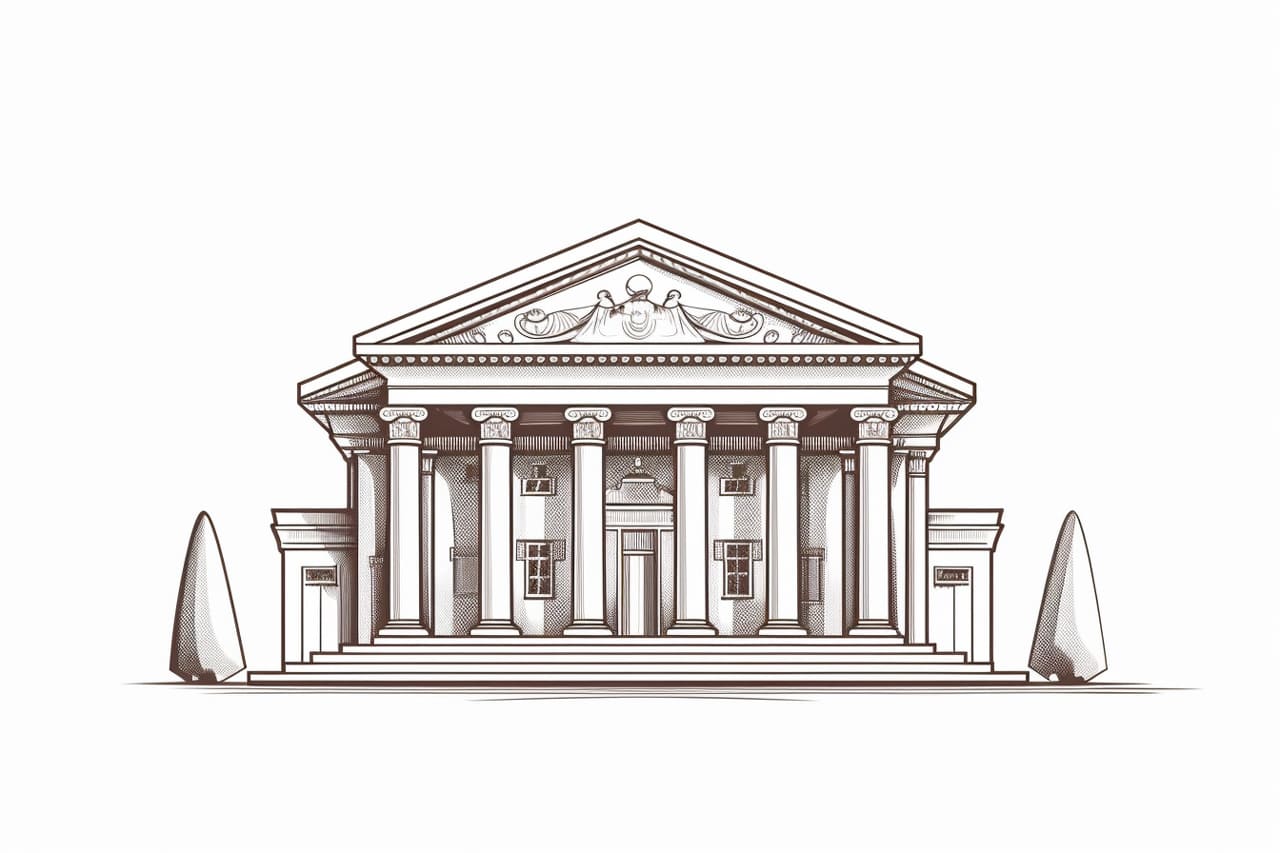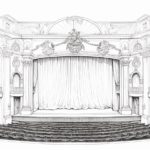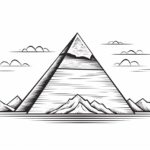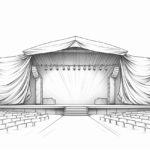Welcome to this step-by-step tutorial on how to draw a bank. In this guide, I will walk you through creating a detailed and realistic bank drawing. Whether you are a beginner or an experienced artist, this tutorial is easy to follow and enjoyable. So, grab your drawing materials, and let’s get started!
Materials Required
Before we begin, make sure you have the following materials at hand:
- Pencil
- Eraser
- Paper
- Ruler
- Compass
- Black pen or fine-tip marker (optional)
Ensure that you have a clean and comfortable working environment, and let’s dive into the fascinating world of drawing a bank!
Step 1: Establish the Horizon Line
To create a well-proportioned bank drawing, start by establishing the horizon line. This line represents the viewer’s eye level and helps you maintain perspective throughout the drawing.
- Take your ruler and draw a straight horizontal line across your paper. This line will act as the horizon line.
- Place a dot in the middle of the line. This dot will serve as the vanishing point, where the parallel lines converge.
Step 2: Draw the Bank’s Foundation
Now, let’s start sketching the foundation of the bank. We’ll begin with the main structure and later add details to bring it to life.
- From the vanishing point, draw two diagonal lines diverging towards the bottom edges of your paper. These lines will form the sides of the bank.
- At the bottom, connect the ends of the diagonal lines with a horizontal line. This line will serve as the foundation of the bank.
Step 3: Add the Bank’s Facade
In this step, we’ll give the bank a distinctive facade that will make it instantly recognizable. Be attentive to details and take your time to achieve accuracy.
- Starting from the top of the foundation, draw two vertical lines upwards. These lines will form the front sides of the bank.
- At the top of each vertical line, draw a smaller horizontal line. These lines will represent the roof overhang.
- Connect the ends of the horizontal lines with two parallel lines, forming the top of the bank facade.
- From the bottom corners of the foundation, draw two diagonal lines converging towards the vanishing point. These lines will represent the sides of the bank.
- Connect the top ends of the diagonal lines with a horizontal line, completing the top of the facade.
Step 4: Design the Bank’s Entrance
Now it’s time to draw the entrance of the bank. Pay attention to the proportions and details to create a stunning entrance that catches the eye.
- On the front side of the bank, draw a rectangular shape for the entrance door.
- Add smaller rectangles on either side of the entrance for windows.
- Within the entrance door, draw a smaller rectangle for the glass panel.
- Add details to the entrance, such as handles and decorative elements.
Step 5: Incorporate Architectural Details
To make the bank drawing more realistic, let’s focus on adding architectural details such as windows, columns, and decorative elements.
- Draw rectangular shapes for windows on the facade, making sure they are evenly spaced.
- Add columns on either side of the entrance, extending from the foundation to the top of the facade.
- Incorporate decorative elements such as balustrades, cornices, or any other features specific to the bank’s architectural style.
Step 6: Refine and Finalize
Now that the main structure and details are in place, it’s time to refine the drawing and add finishing touches.
- Carefully go over the lines, erasing any unnecessary guidelines.
- Add shading to create depth and dimension. Pay attention to the light source to determine where the shadows fall.
- You can enhance the drawing using a black pen or fine-tip marker to outline the final lines.
Congratulations! You have successfully drawn a detailed and realistic bank. With practice, you can explore different architectural styles and add your personal touch to create unique bank drawings.
Conclusion
In this tutorial, we explored the step-by-step process of drawing a bank. From establishing the horizon line to adding architectural details, each step has been carefully explained to help you create an impressive bank drawing. Remember to take your time, be patient, and enjoy the journey of artistic creation.
Now it’s your turn to pick up your drawing materials and practice drawing a bank. With dedication and practice, your skills will continue to grow. So, keep honing your artistic abilities, and don’t forget to have fun along the way!









